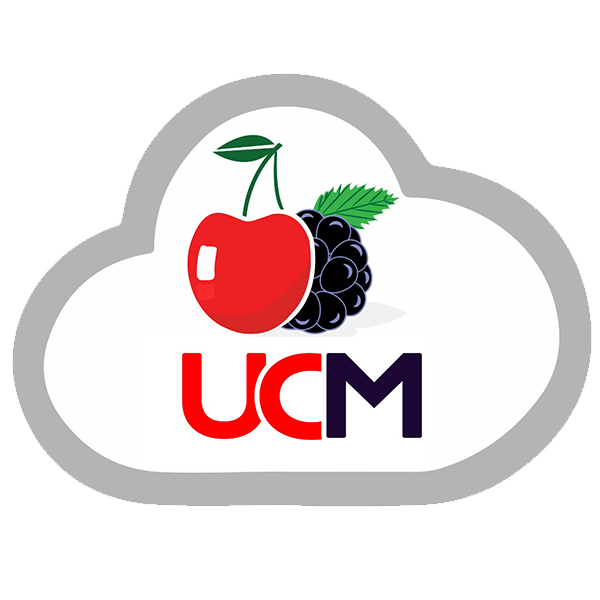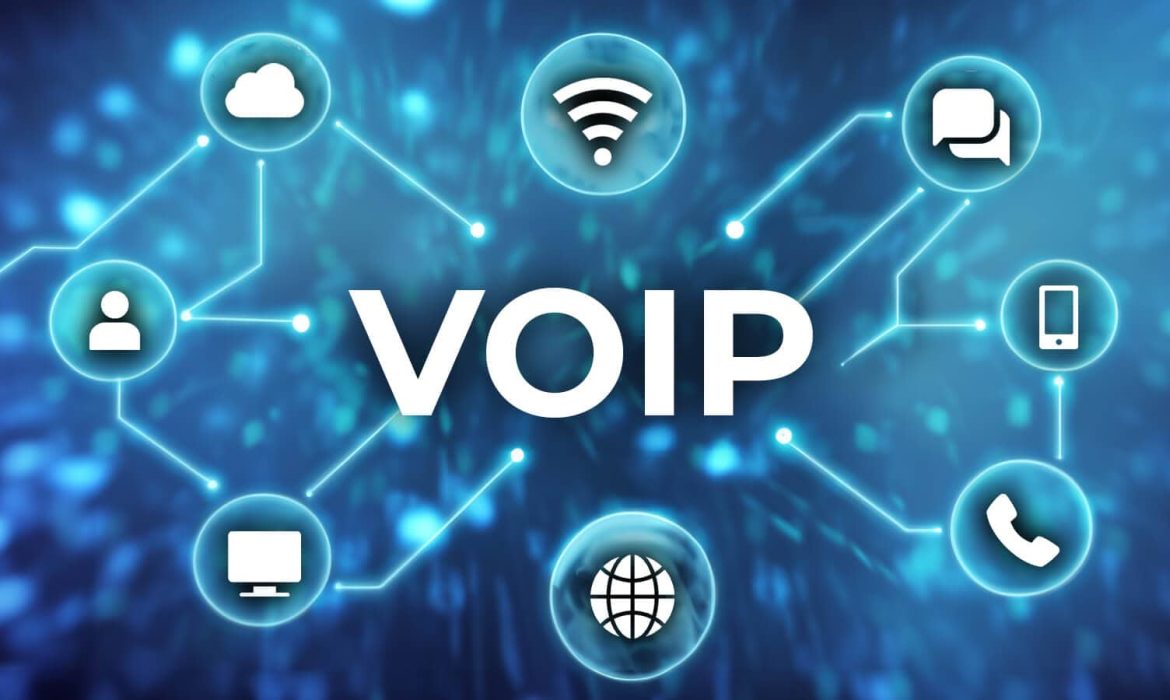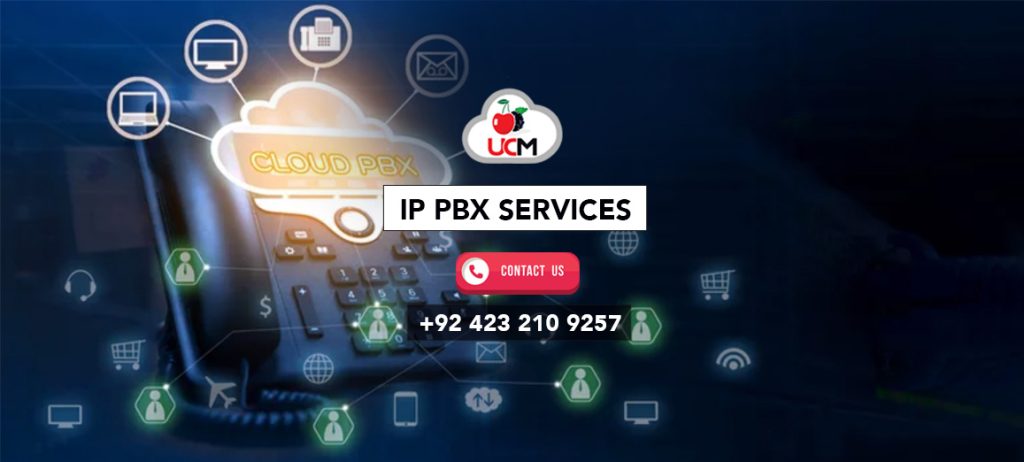Why Switch to Advanced VoIP PBX?
Today, companies have adopted remote and hybrid approaches besides in-office work to manage communication challenges. There is a need to ensure a smooth flow of internal and external communication and solve issues efficiently. This feat seems impossible with the conventional phone system, but you can manage your communication just like your business needs with an advanced VoIP PBX system. Being costly and less flexible, traditional PBX has phased out and is being replaced by the latest VoIP to provide seamless communication inside and outside your business. If you are considering upgrading to an advanced phone system, this blog is to address your concerns.
What is a VoIP PBX System?
This advanced technology is a great solution for connecting multiple phone lines of a business. It enables your employees to speak to each other and outside clients on the Internet without using a public telephone network. Traditional PBX contains hardware and uses a public telephone network for incoming and outbound calls, was quite expensive and limited in functionality. However, advanced VoIP-based PBX use the internet and are more flexible, affordable and feature-rich. These systems send and receive data over IP networks by converting analogue signals into digital data to transmit over the internet. They are also cheap to maintain and implement making them the best choice for small and medium-sized companies.
Evolution Journey of VoIP-Based PBX Systems
Analogue Era: Traditional PBX
The earlier legacy systems operated on analogue technology comprised copper wiring and physical switchboards. The analogue PBX has limitations in terms of functionality, features and scalability. Companies had to depend on manual operators to manage extensions and connections which increased operational costs and led to inefficiencies.
Transition to Digital: IP PBX System
Later, the Internet reshaped the communication infrastructure. With the advent of IP technology, the PBX system underwent a huge transformation. These systems use the power of the Internet to transmit voice data and offer seamless integration with other tools and services. This transition offers unified communication solutions to businesses, enabling them to access voice, video, and messaging from a single place.
More Advancement: VoIP-Powered PBX
Advanced VoIP phone systems manage and route business calls using the internet connection. This flexible and cost-effective solution for all-sized enterprises allows you to make and receive calls on VoIP PBX phone systems Providers or softphones. Companies can also get advanced features like voicemail, conference calling, and integration to improve productivity and enhance communication efficiency. These are even the best options for companies that employ remote teams. They can access the system and benefit from all features your internal teams use.
Step to Migrating from Legacy Systems to VoIP Technology
Before upgrading to advanced VoIP-based PBX, consider these key points to ensure a smoother transition.
Evaluate Your Existing Infrastructure
First, review your existing communication infrastructure to determine which PBX system you are using. This also includes information about its capacity and the condition of cables and equipment. This analysis will provide detailed insights about where to start and what you need for the transition.
Set up an Interdepartmental Team
Your entire business relies on a communication system so you should efficiently address the communication concerns in different departments. You can pick representatives from teams such as IT, customer service, HR and operations to help them understand potential challenges and technical aspects. Consider technical and non-technical departments to establish a foolproof VoIP migration strategy and optimise business communication.
Choose a Reliable VoIP Service Provider
The next step is to search for the right partner to start your VoIP journey. Do research on different service providers and compare their price plans and offerings as well as your budget. Collect information about the features they offer, the reputation they have and the level of support they provide. Don’t make the quick decision but choose the service provider that suits your business needs.
Train Your Employees
After selecting the service provider, concentrate on training your team. Although upgrading to a VoIP system can be a huge change for your employees, getting them ready for the transition is important. You can provide them with training about using the new system, familiarise them with new features and address their concerns through videos or tutorials. Trained and well-informed employees will make the migration smoother and easier.
Develop Network Infrastructure
Proper connectivity infrastructure is also important for a seamless transition. These advanced communication systems depend on internet connectivity. Thus, you should know that an unstable and weak connection can lead to a call dropping due to poor call quality. Import your existing phone numbers to the new service, backup voicemails, and other configurations from the previous provider. Ask your service provider to check the existing numbers to ensure everyone reaches you easily.
Strategise Your Migration Plan
To ensure a successful migration, companies must create a business plan that breaks down resources, expenses and deadlines. A robust disaster recovery plan can further reduce the risks of data loss as a result of data breaches and system failure. Following the guidelines can ensure a seamless and smooth transition from PBX to advanced VoIP systems.
Ensure Proper Security Measures
Your business phone system should not be vulnerable to security threats. Don’t let cybercriminals access sensitive business information and affect your business communication. Establish strong security protocols like encryption and firewalls and regularly update your system. Implementing multi-factor authentication, proper encryption and authorised user access can ensure data security over the network.
PBX to VoIP Migration Testing
In this step, it is checked whether everything is going according to plan. Your service provider conducts a practical evaluation before configuring the new system and tests every app, software and integration to avoid networking issues and finalise last-minute adjustments. After successful migration, you can implement tests to check the quality and clarity of audio calls, business tool integrations, call routing and forwarding and conduct performance tests to ensure everything functions correctly and efficiently.
What are the Three Phases in the Transitional Approach for IP PBX?
- Phase 1: Adding IP PBX: In the first stage, the service provider adds an IP PBX and IP/SIP phones to the existing network to create a telephonic connection between PSTN, PBX, and IP/LAN. The IP PBX uses the current PRI trunk and offers a three-legged solution and smart way to connect teleworkers, remote offices, features, and providers.
- Phase 2: Addition of Ports & Trunks-Natural Expansion: It lets companies add more telephony ports to facilitate the natural expansion of the network. They can also benefit from a USB-based channel bank to expand extensions.
- Phase 3: Remove the Legacy System: Finally, when your system is ready to replace the traditional PBX, eliminate the legacy PBX. Now, you must rely completely on your IP system to meet their business telephony needs.
Top Advantages of Transitioning from PBX Setup to VoIP Systems
Companies always ask about the benefits of migrating to VoIP and why it is better than a legacy system. Advanced VoIP-based PBX offers countless benefits, such as you can transfer countless multimedia files or doing video calls with your device. Moreover, they are cheaper and provide better call quality than legacy systems. Let’s learn in detail why advanced VoIP technology is a better option.
VoIP are Scalable & Flexible
Unlike legacy systems tied to a single location, VoIP systems are more flexible allowing users to access the system and make or receive calls on any device, any time, anywhere. These systems are highly adaptive to the changing business needs and allow users to remove or add lines or scale up or down considering business needs through software. Furthermore, you did not need expensive hardware upgrades or physical installations as required in the legacy system.
Cost-efficiency is Another Plus Point
Traditional systems require high initial costs for developing and maintaining infrastructure. Thankfully, VoIP systems facilitate communication over the Internet so you do not need to invest in infrastructure and maintenance, it is also your vendor’s responsibility. You can make long-distance calls to multiple countries easily without paying a huge long-distance calling fee. Businesses can manage high-volume calls efficiently and integrate the system with existing tools and apps to increase efficiency.
They are Easier to Operate
Moving from a traditional to a VoIP system means accessing features that are not available in the legacy system. Additionally, upgrading in PBX is time-consuming and requires source parts but VoIP systems can be upgraded in a few clicks. You can use the system anywhere, making it the best solution to continue your business, even on the go.
Comprises Advanced Features
Unified communication channels such as email, messaging, and voice calls, all available in one application, can streamline business communication. Team members can easily switch between different platforms or apps to get the information they need. Incoming calls are automatically routed to the most suitable agent or extension,n depending on the caller’s needs. This ensures the call always connects with the right person/ department/extension to keep the customer satisfied.
Support Mobility & Remote Work
Many businesses have staff who work remotely or travel regularly. VoIP solutions give your business access to their internet-connected devices wherever and whenever. For instance, they can make and receive calls through softphone mobile apps, talk to customers and collaborate internally without wasting their time. Indeed, VoIP systems are suitable for companies that employ remote professionals to improve service quality.
Offer Ease of Integration
VoIP systems offer countless integrations, especially integrating customer relationship management systems to provide real-time access to customer information. Companies can analyse customers’ activities and interactions, highlight pain points and offer efficient and personalised service. They can integrate countless tools to improve service quality.
Future-Proof Solution
Legacy systems are outdated now, and enterprises still use them, facing limited support and compatibility issues. Conversely, VoIP systems are simple to update and more future-proof, allowing companies to continue benefiting from the latest technology. These systems are more compatible with chatbots and AI, ensuring more personalised and automated conversations.
Secure Calling & Versatility
VoIP systems provide secure calling to keep information protected from hacking. Meanwhile, authentication features ensure that only authorised persons can access the system to ensure security. Thus, this functionality makes VoIP solutions more secure than traditional legacy systems vulnerable to hacking and other security issues. They offer advanced features such as video conferencing allowing your employees to communicate face-to-face. Moreover, you can mark your local presence in multiple locations to enable customers to trust your services.
Provide Clearer Call Quality & Increase Productivity
Another advantage of VoIP is clearer voice quality due to advanced codecs. These codecs compress or decompress voice signals to provide more natural-sounding calls. They also contain noise-reduction features that further reduce background noise to make the voice easy to understand. Your teams can understand the issue and provide faster solutions. Furthermore, collaboration becomes easier among your employees, and efficient communication further increases productivity.
Easier Employee Management & Wireless Communication
Administration can easily add agents or employees and manage them through apps. They just need to log on to the admin app and add users by filling out their basic details. Moreover, admin staff can also delete or modify the user whenever required. Additionally, removing and deploying phone numbers is also not necessary but your teams can communicate through their devices. This also saves money by eliminating the need for separate desk phones or landlines for each agent. They can manage internal and external communication through softphone apps on their devices allowing them to connect from anywhere.
Final Thoughts: A Way Forward
Do you think your legacy system holding your business back? Today, it has become more challenging than ever to keep everyone connected. However, the Best VoIP PBX Services In Lahore can enable you to communicate easily, no matter where your team is. Another plus point is that you can save your hard-earned money by switching from an old-fashioned phone system. Are you considering migrating from a legacy system to the latest VoIP and searching for a reliable vendor? Look no further and contact CherryBerry UCM experts to get the communication system that skyrockets your business communication to new heights!




